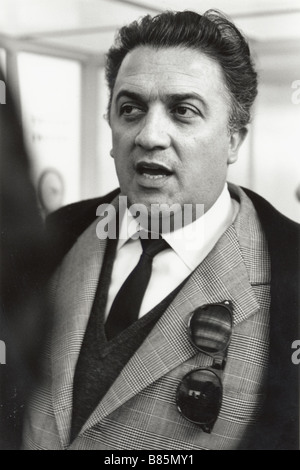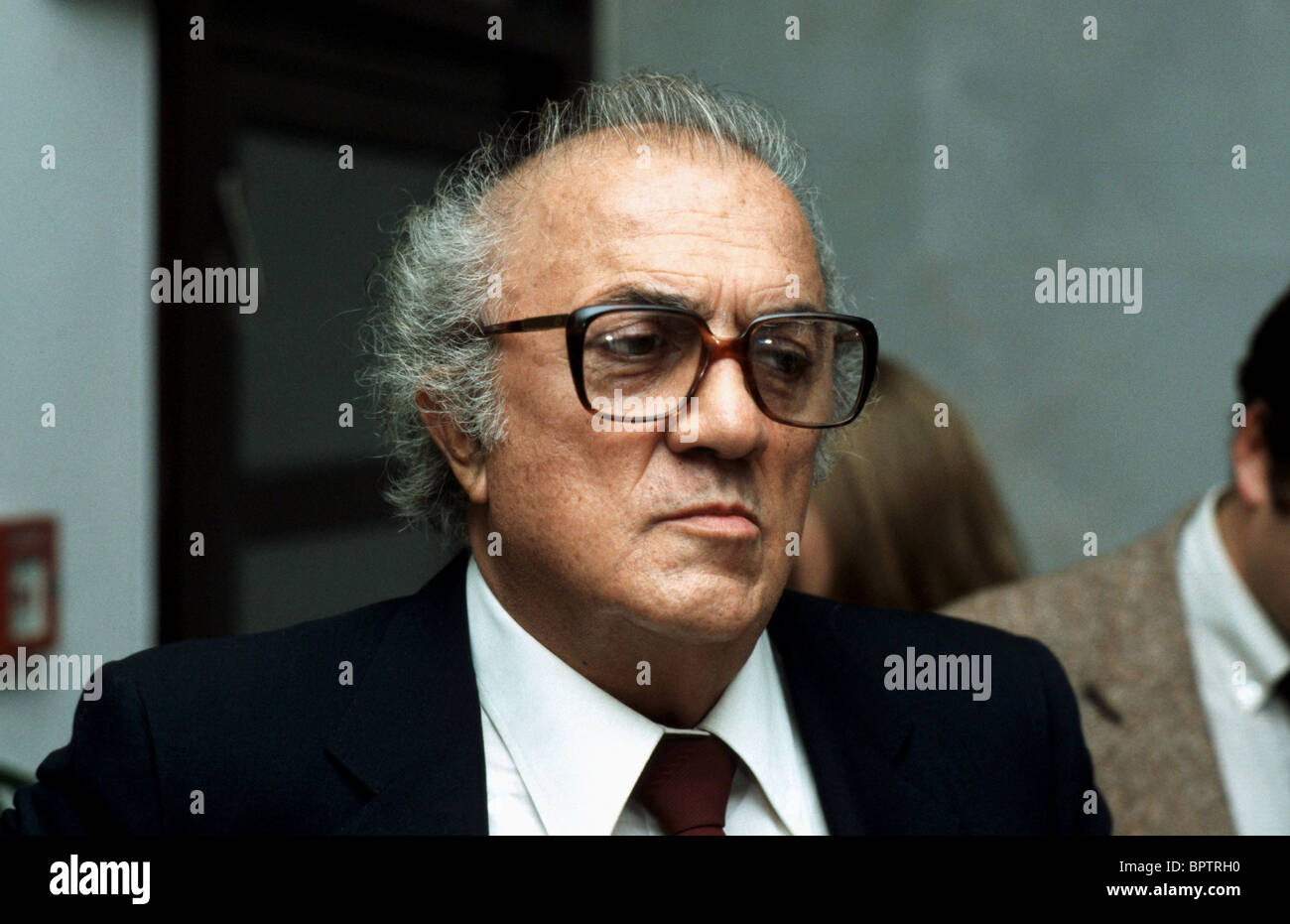

Known for his distinct style, he is recognized as one of the greatest and most influential. Fellini is a fleeting presence throughout, glimpsed only briefly and rarely saying much, but the film’s peculiar montage-alternating between dreamy tracking shots and fly-on-the-wall handheld work-is clearly a reflection of his divided attention as he balances his own wandering imagination with the demands and inquiries of the associates guiding the documentary’s production. Federico Fellini was an Italian film director and screenwriter.

The film that would come to kickstart that critical narrative, Fellini Satyricon, is the project being developed during A Director’s Notebook, though one wouldn’t necessarily know it from the strange assortment of locations Fellini visits over the course of the hour-long film: the Colosseum, a subway, a slaughterhouse, the Appian Way, Marcello Mastroianni’s villa during a photo shoot, and, finally, a nondescript office where a variety of eccentrics flaunt their talents for the director. As a piece of director mythology put together by Fellini himself, however, it’s a revealing look into the artist’s mind during a critical juncture in his career: namely, the period between his initial acclaim and the upcoming decade of films that would face charges of self-indulgence. As a peak behind the curtain at Fellini’s filmmaking process, the television documentary Fellini: A Director’s Notebook, which aired on NBC in 1969, is only intermittently enlightening. His lifelong love of the circus and the whimsical, carnivalesque theater is on full display in Variety Lights (1950), about a struggling vaudeville troupe, which he codirected with Alberto Lattuada, and La Strada (1954), about the plight of a childlike, clownish woman who performs circus acts.


 0 kommentar(er)
0 kommentar(er)
